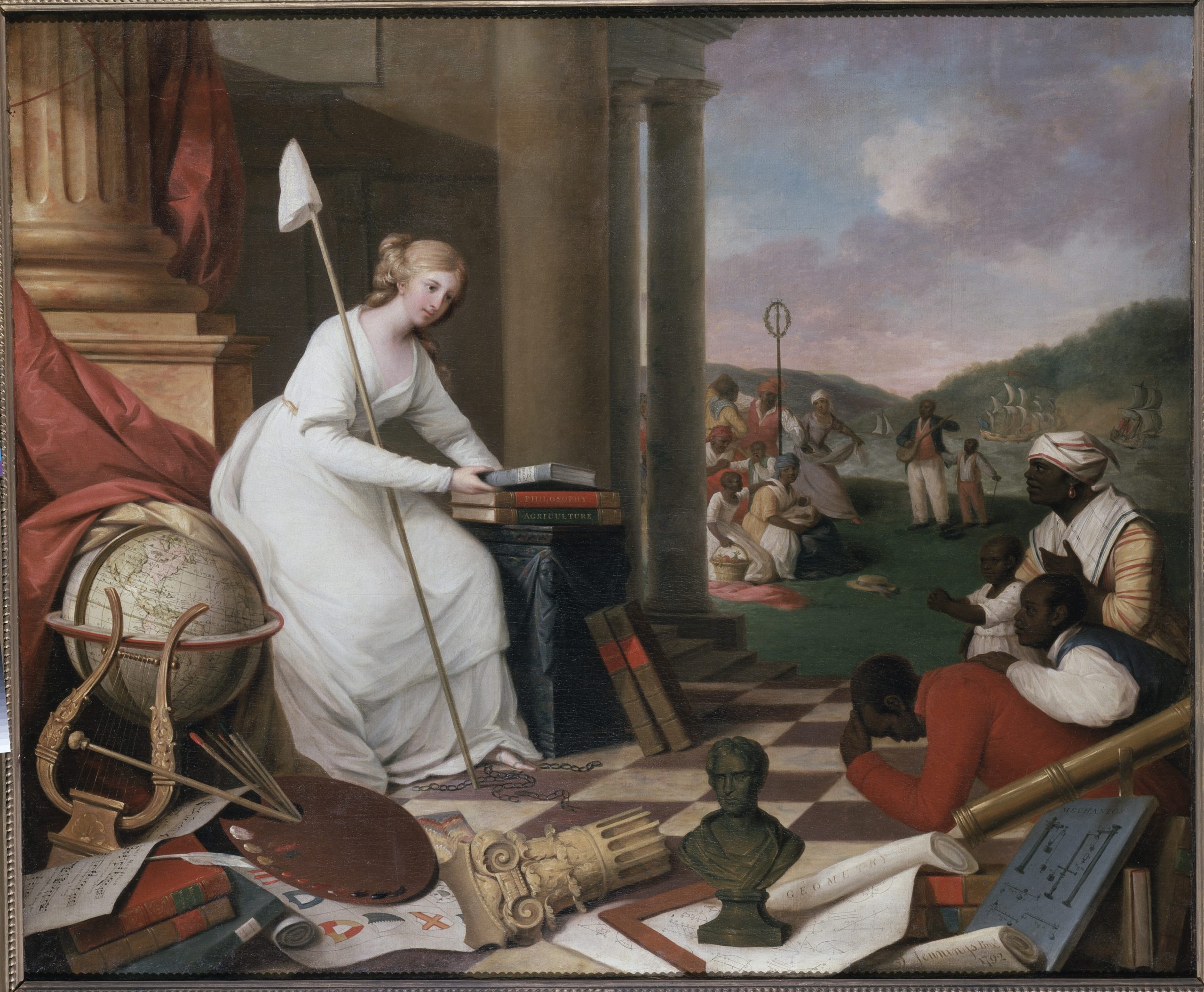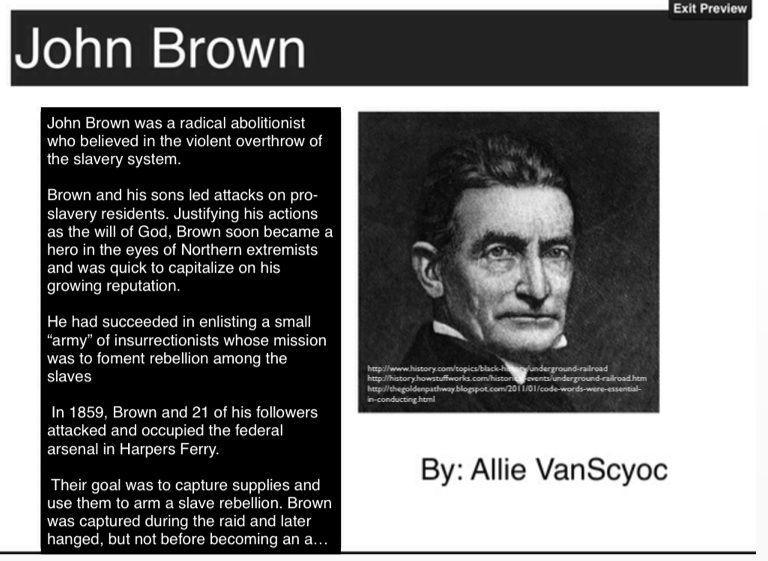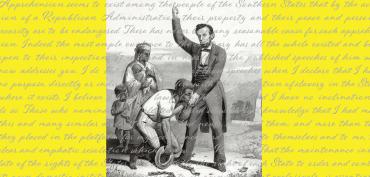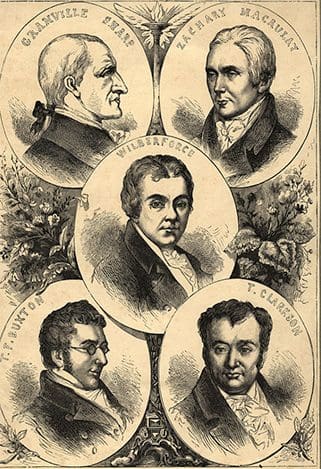The Abolitionist movement in the United States of America was an effort to end slavery in a nation that valued personal freedom and believed “all men are created equal.” Over time, abolitionists grew more strident in their demands, and slave owners entrenched in response, fueling regional divisiveness that ultimately led to the American Civil War.
The African-Native American Genealogy Blog: Abolitionist Newspapers Discuss Slavery in the Cherokee Nation
The term abolitionist generally refers to a dedicated opponent to slavery in the early 19th century America. Movement to Abolish Enslavement Develops The abolitionist movement developed slowly in the early 1800s. A movement to abolish slavery gained political acceptance in Britain in the late 1700s.

Source Image: americanrevolutioninstitute.org
Download Image
Manisha Sinha — Abolition was a radical, interracial movement, one which addressed the entrenched problems of exploitation and disfranchisement in a liberal democracy and anticipated debates over race, labor, and empire.

Source Image: flowvella.com
Download Image
Teaching the Complex History of Abolition and the Civil War Overview. Abolitionism was a social reform effort to abolish slavery in the United States. It started in the mid-eighteenth century and lasted until 1865, when slavery was officially outlawed after the passage of the Thirteenth Amendment to the Constitution. The movement evolved from religious roots to become a political effort that at times

Source Image: abolitionjournal.org
Download Image
What Was The Goal Of The Abolitionists
Overview. Abolitionism was a social reform effort to abolish slavery in the United States. It started in the mid-eighteenth century and lasted until 1865, when slavery was officially outlawed after the passage of the Thirteenth Amendment to the Constitution. The movement evolved from religious roots to become a political effort that at times About Search inside text of items Abolitionists, 1780-1865 Lauren Anderson, Harvard College Class of 2021, Social Studies On March 16, 1827, the Black abolitionists Reverend Samuel E. Cornish and John Brown Russwurm set out on a task: “to plead our own cause.”
Global Prison Abolitionist
Jan 22, 2024abolitionism, (c. 1783-1888), in western Europe and the Americas, the movement chiefly responsible for creating the emotional climate necessary for ending the transatlantic slave trade and chattel slavery. The Abolitionists – Evansville Vanderburgh Public Library

Source Image: evpl.org
Download Image
The Virginia Society for Promoting the Abolition of Slavery – Encyclopedia Virginia Jan 22, 2024abolitionism, (c. 1783-1888), in western Europe and the Americas, the movement chiefly responsible for creating the emotional climate necessary for ending the transatlantic slave trade and chattel slavery.

Source Image: encyclopediavirginia.org
Download Image
The African-Native American Genealogy Blog: Abolitionist Newspapers Discuss Slavery in the Cherokee Nation The Abolitionist movement in the United States of America was an effort to end slavery in a nation that valued personal freedom and believed “all men are created equal.” Over time, abolitionists grew more strident in their demands, and slave owners entrenched in response, fueling regional divisiveness that ultimately led to the American Civil War.
Source Image: african-nativeamerican.blogspot.com
Download Image
Teaching the Complex History of Abolition and the Civil War Manisha Sinha — Abolition was a radical, interracial movement, one which addressed the entrenched problems of exploitation and disfranchisement in a liberal democracy and anticipated debates over race, labor, and empire.

Source Image: aft.org
Download Image
Reasons For The Abolition Of The Slave Trade – KS3 History | Keystage History The abolitionist movement was chiefly responsible for creating the climate necessary for ending slavery and the transatlantic slave trade. List of key facts regarding abolitionism. Beginning in the late 1700s there arose in western Europe and the United States a movement to abolish, or end, the institution of slavery.

Source Image: keystagehistory.co.uk
Download Image
The First Abolitionists – Dissent Magazine Overview. Abolitionism was a social reform effort to abolish slavery in the United States. It started in the mid-eighteenth century and lasted until 1865, when slavery was officially outlawed after the passage of the Thirteenth Amendment to the Constitution. The movement evolved from religious roots to become a political effort that at times

Source Image: dissentmagazine.org
Download Image
Disgraceful Traffic”: The Transatlantic Slave Trade Debated in Parliament, February 1805 | Parliamentary Archives: Inside the Act Room About Search inside text of items Abolitionists, 1780-1865 Lauren Anderson, Harvard College Class of 2021, Social Studies On March 16, 1827, the Black abolitionists Reverend Samuel E. Cornish and John Brown Russwurm set out on a task: “to plead our own cause.”

Source Image: archives.blog.parliament.uk
Download Image
The Virginia Society for Promoting the Abolition of Slavery – Encyclopedia Virginia
Disgraceful Traffic”: The Transatlantic Slave Trade Debated in Parliament, February 1805 | Parliamentary Archives: Inside the Act Room The term abolitionist generally refers to a dedicated opponent to slavery in the early 19th century America. Movement to Abolish Enslavement Develops The abolitionist movement developed slowly in the early 1800s. A movement to abolish slavery gained political acceptance in Britain in the late 1700s.
Teaching the Complex History of Abolition and the Civil War The First Abolitionists – Dissent Magazine The abolitionist movement was chiefly responsible for creating the climate necessary for ending slavery and the transatlantic slave trade. List of key facts regarding abolitionism. Beginning in the late 1700s there arose in western Europe and the United States a movement to abolish, or end, the institution of slavery.